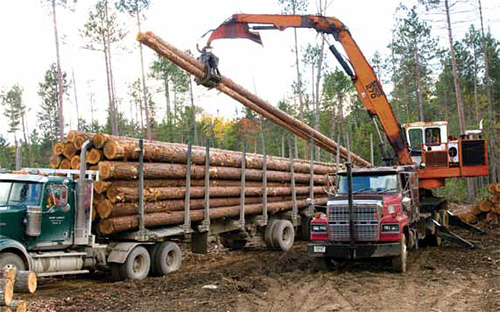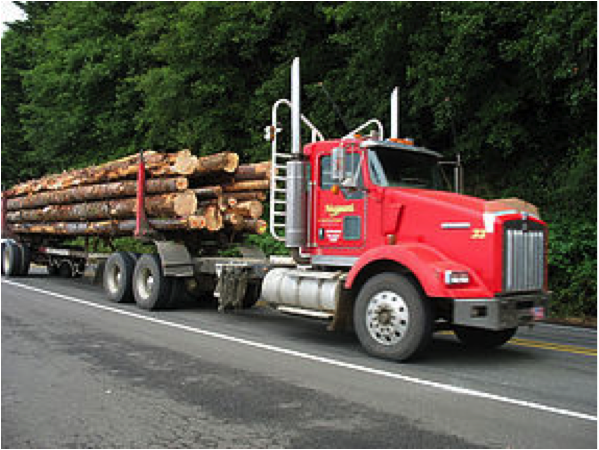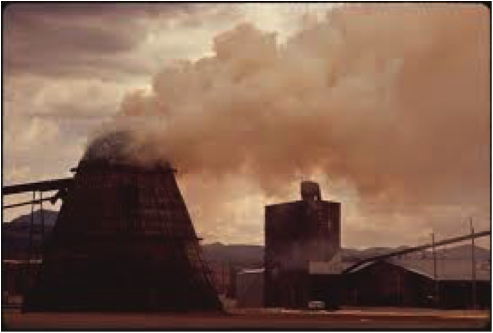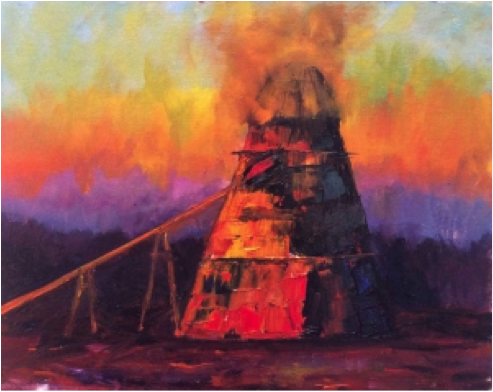Free Lunches Made by Ecological Entrepreneurs
By: John A. Baden, Ph.D.Posted on March 16, 2016 FREE Insights Topics:
Entrepreneurs are chefs who provide society with free lunches. They take known resources and arrangements and discover new ways to employ them. By doing so they increase wellbeing. Environmental entrepreneurs serve society and preserve ecology by increasing the efficiency of resource use.
These environmental entrepreneurs create exceptions to the famous TANSTAAFL principle of simplistic economics. "There Ain't No Such Thing As A Free Lunch" applies only when society operates at full efficiency. Environmental entrepreneurs move us toward the ecological goal of reducing waste and preserving environmental quality.
Of course entrepreneurs' time and the resources they use have some opportunity cost, they could be doing something other than ecological preservation. However, from a macro perspective society received a free lunch from their activity. This valuable gift is especially important in the environmental arena.
I recognize three types of ecological entrepreneurs; commercial, intellectual, and institutional. Commercial entrepreneurs receive the vast bulk of attention and are the easiest to describe. Here is a natural resource example involving trees.
Ecological Entrepreneurs in Forest Products
In an earlier life I enjoyed being a timber buyer and contract logger. My favorite memories of sounds include chain saws and Cat D 6 engines on a windless, zero degree day in the mountains. Here is how the business worked a few decades ago.
Trees in forests were purchased and cut by fallers. These men, they were always men, then limbed the trees and bucked them into specified lengths (+ four inches) making a manufactured log. The logs were skidded (or lined with a yarder) to a landing and loaded onto trucks.

The truckers hauled the logs to mills for processing into boards and timbers.

Not all of a log becomes a board. Roughly 25% to 40% was waste, mainly sawdust and round edges. Until about 1970 Rocky Mountain sawmills burned such material in teepee burners. These were free-standing conical steel structures roughly 50 feet high and weighing about 20,000 pounds plus or minus a few tons. They produced much smoke and ash, most vented directly into the atmosphere. It ultimately fell on people, houses, cars, and landscapes. Quite the mess but most accepted it as a necessary consequence of sawmilling.


There was no scrubbing or cleaning of the exhaust and hence poor air quality afflicted the area. The damages were compounded by the mills locations in river valley towns. Polluted air became trapped in basins. This had adverse health and maintenance effects. (Talk to any old timer in Missoula.)
Here is the simple economics of the situation. A sawmill makes valuable products, mainly boards and beams. Alas, it also generates waste, stuff that was expensive to dispose of. Capital, labor, and maintenance of burners are privately and socially costly. The air pollution externalities of these burners ranged from large to huge. Entrepreneurs saw opportunities, especially as air pollution regulations came into force.
The rounded surfaces of logs become waney edge boards. Craftsmen now use a few but they do not make grade as standard boards, 2 x 6s and other building material. Waney boards were burned in teepees. Now this material is chipped and laminated into OSB (oriented strand board (U. S. patent # 3,164,511, 1-5-1965). These panels substitute for 4 ' x 8' plywood sheets.
The bark ground off of logs brought to mills is ground and sold for landscape mulch while sawdust and planner shavings are sold for livestock bedding. Small chips are sold to paper companies. Even the forest dirt that comes in with the logs is sold for gardens.
Operating teepee burners have become extinct due to regulations and creativity. Entrepreneurs and inventors converted the formerly polluting log waste into valuable products. I find this a great example of ecological entrepreneurship. And from a macro perspective, it's an excellent free lunch.

